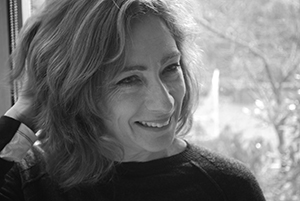Digital heritage seminar - Re-photography as a tool for citizen heritage

Part of the Digital Heritage Seminars series
Professor Hannah Lewi
Faculty of Architecture, Building and Planning
Digital technologies are enabling new ways for citizens to document and share memories and records of their collective past. This seminar will explore our ongoing fascination with superimposed montages; known as "re-photography" or "then-and-now" composites. This technique has grown in popularity with photographers and amateurs over the last decade through ready-access to digitised museum archives, image-making software and sharing via social-media. Archival images are "re-animated" - abruptly or seamlessly - to create new apprehensions and evocations of duration, occupation and tense. Successful results blur our normal distinctions between present places and previous events and inhabitations. A number of examples from Melbourne and further afield - including Pastport.com a mobile webapp for residents and visitors in the Port Phillip area - will be discussed, and some thoughts will be offered on why we remain enthralled in the effect of 'Then and Now' composites.

Hannah Lewi is a Professor in the Faculty of Architecture, Building and Planning. Her research interests span new media for architectural history and heritage; modern architecture history; and theoretical inquiry into heritage and conservation. She is currently co-editing the Routledge International Handbook, New Digital Practices in Galleries, Libraries Archives Museums and Heritage Sites (forthcoming 2019); and has co-led an ARC Discovery project and associated Cultural Engagement Grants on creating and investigating new digital tools for community history and the idea of 'citizen heritage'.
Image: Crichton Street in Garden City, Victoria. This mass housing experiment was initiated by the State Savings Bank in the late 1920s. The street flooded in the 1930s. Re-photography image by Andrew Murray.